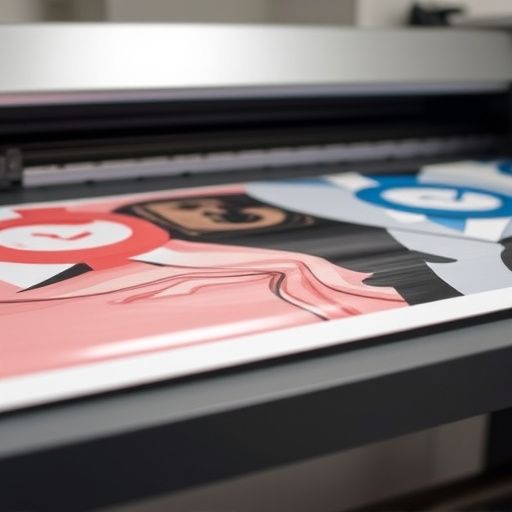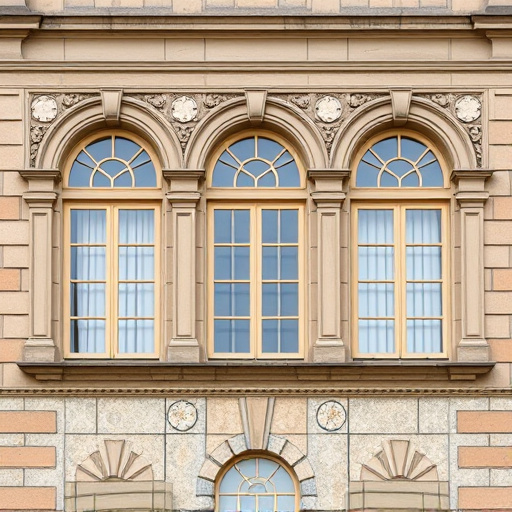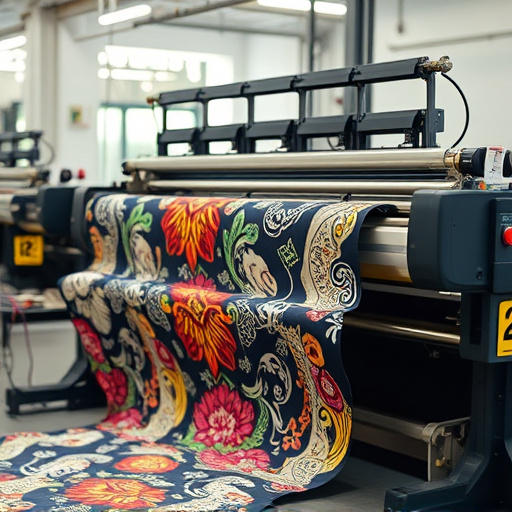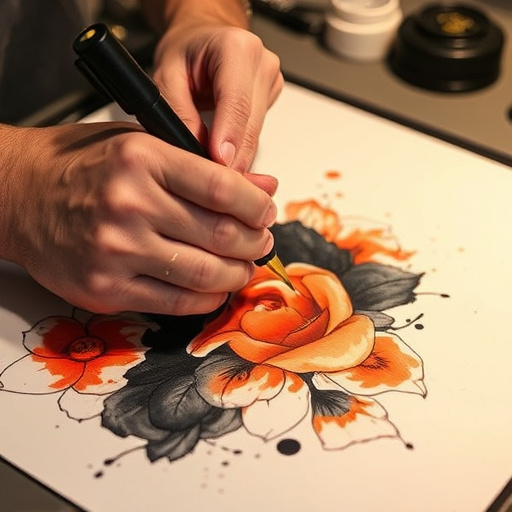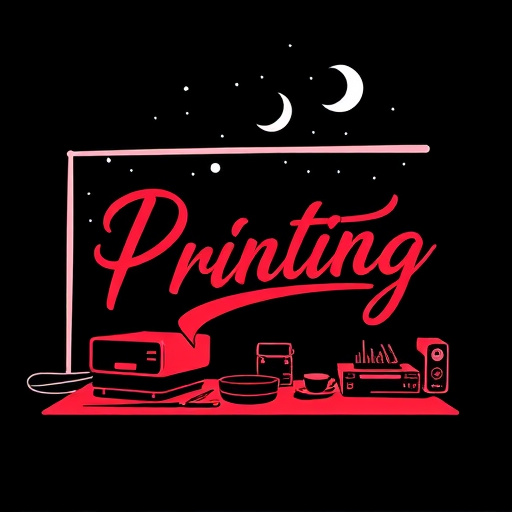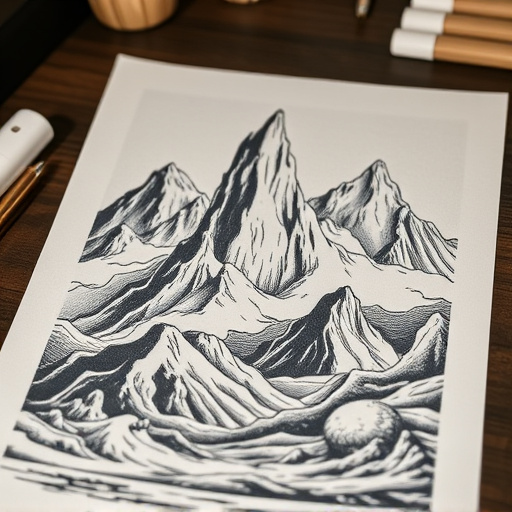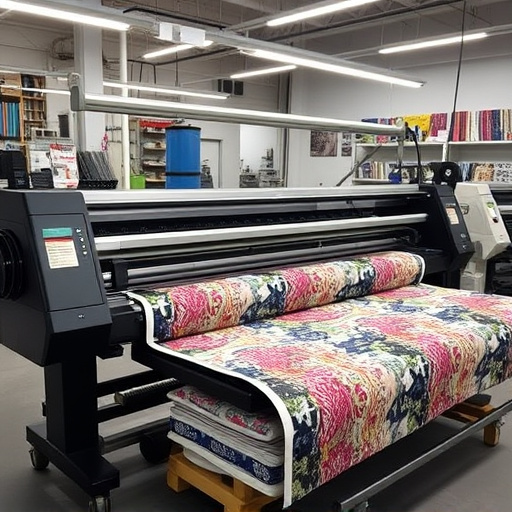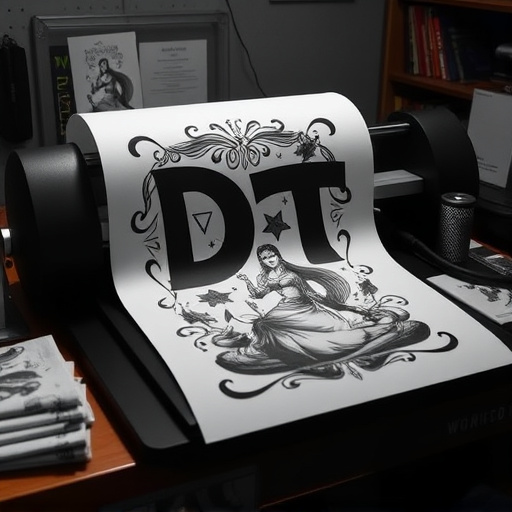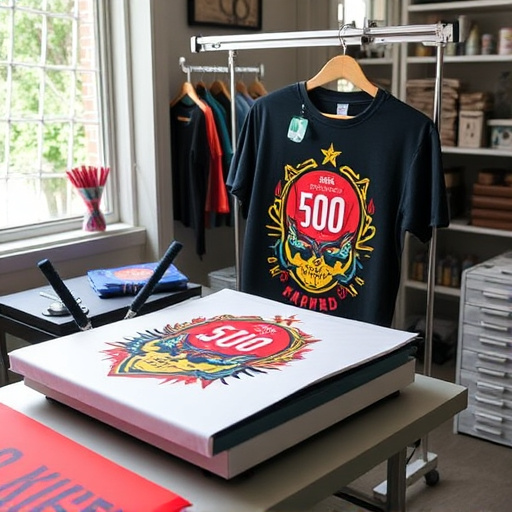DTF Cotton Printing offers vast opportunities by targeting specific product niches like custom hoodies and detailed T-shirts. Understanding market trends, leveraging social media, and providing high-quality products with quick turnaround drives profitability. Increased demand for customization enables brands to create distinctive apparel using intricate designs, photo prints, and heat transfer applications, opening niche markets for diverse interests and eco-friendly printing methods.
Discover the lucrative world of DTF (Direct-to-Fabric) cotton printing, where niche markets offer immense potential. This article explores how businesses can capitalize on unique product segments, targeting specific audiences for maximum profitability. From fashion and home decor to accessories and sustainable products, DTF cotton printing is revolutionizing industries. We delve into customization trends driving sales, providing insights for entrepreneurs to navigate and thrive in this dynamic market.
- Exploring Unique Product Niches for DTF Cotton Printing
- Targeting Specific Markets for Maximum Profitability
- Customization Trends and Their Impact on DTF Cotton Print Sales
Exploring Unique Product Niches for DTF Cotton Printing
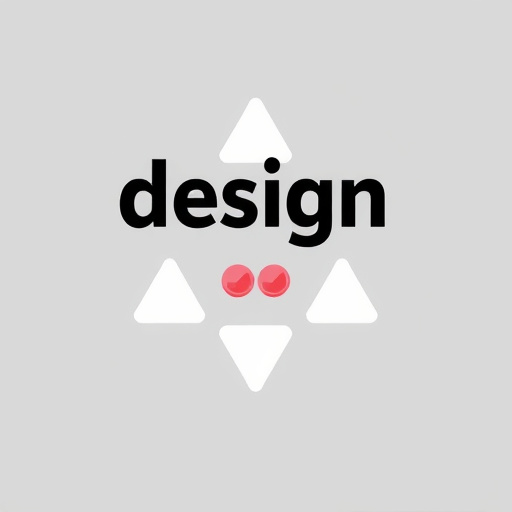
In the realm of DTF Cotton Printing, exploring unique product niches opens up a world of opportunities for entrepreneurs and designers. This dynamic printing method, which stands for Direct to Fabric Transfer, allows for stunning, high-quality prints directly onto cotton garments. By delving into specific markets, creators can differentiate themselves from the crowd and cater to niche audiences with distinct tastes and needs. For instance, custom DTF prints for clothing brands offer a chance to create exclusive, limited-edition pieces that resonate with loyal followers.
Beyond logos DFT for clothing brands, the potential extends to various sectors. Custom sheets for heat pressing designs onto garments is another promising area, catering to both professional designers and hobbyists looking to personalize their attire. The key lies in identifying markets where DTF cotton printing can add unique value, whether it’s through intricate graphic design, specialized techniques like water-based inks, or the ability to incorporate sustainable practices. This targeted approach ensures that products not only stand out but also meet the specific requirements of dedicated customers.
Targeting Specific Markets for Maximum Profitability
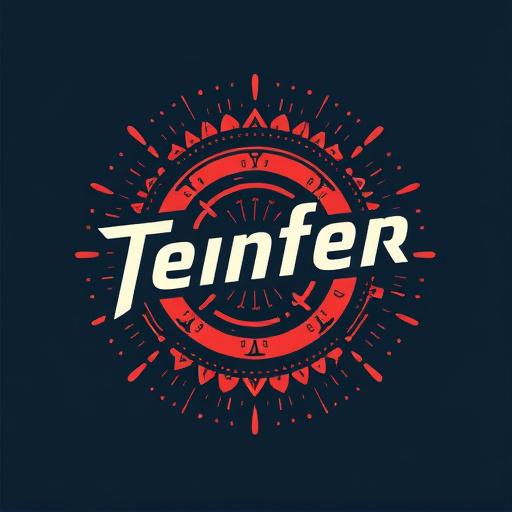
In the realm of DTF Cotton Printing, targeting specific markets can significantly enhance profitability. By understanding and catering to niche demands, businesses can offer unique, personalized products that stand out in a competitive market. For instance, custom DTF transfers for direct to film personalized hoodies have gained immense popularity among fashion-conscious consumers seeking exclusive designs. Similarly, DTF printing for T-shirts allows for intricate, detailed artwork, appealing to artists and designers looking to showcase their creations on wearable canvases.
This strategic approach not only increases sales but also ensures a loyal customer base. Marketers should focus on identifying trends, leveraging social media platforms to reach target audiences, and providing high-quality products with quick turnaround times. By doing so, they can capitalize on the growing demand for custom apparel, ensuring long-term success in the DTF Cotton Printing industry.
Customization Trends and Their Impact on DTF Cotton Print Sales
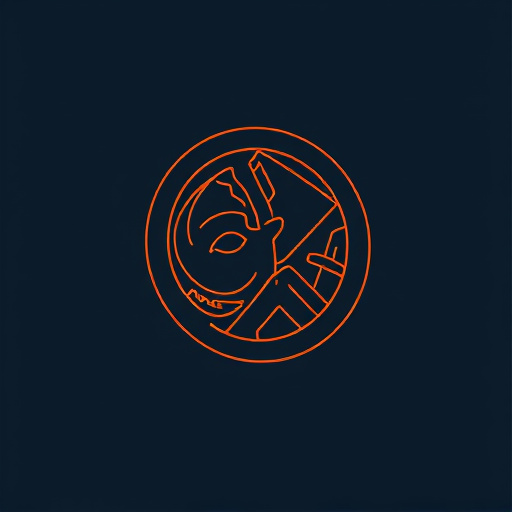
The current market trend leans heavily towards customization, with consumers increasingly seeking unique and personalized products.
This shift has significantly boosted sales in DTF cotton printing, as brands and individuals look to create distinctive apparel and accessories. Customized T-shirts, for instance, have moved beyond simple text or logos to include intricate designs, photo prints, and even heat-transfer applications using heat press machines and DTF transfer sheets. This customization frenzy has opened doors for niche markets, allowing businesses to cater to specific interests, styles, and causes. For example, environmentally conscious consumers are drawn to eco-friendly printing methods utilizing DTF cotton, while fans of independent artists can commission custom designs printed directly onto cotton fabrics.
DTF cotton printing offers a vibrant, customizable option for product designers seeking unique niches. By targeting specific markets with tailored designs, entrepreneurs can capitalize on the growing demand for personalized apparel and accessories. Staying abreast of customization trends ensures products remain desirable, fostering profitability within this dynamic industry.
